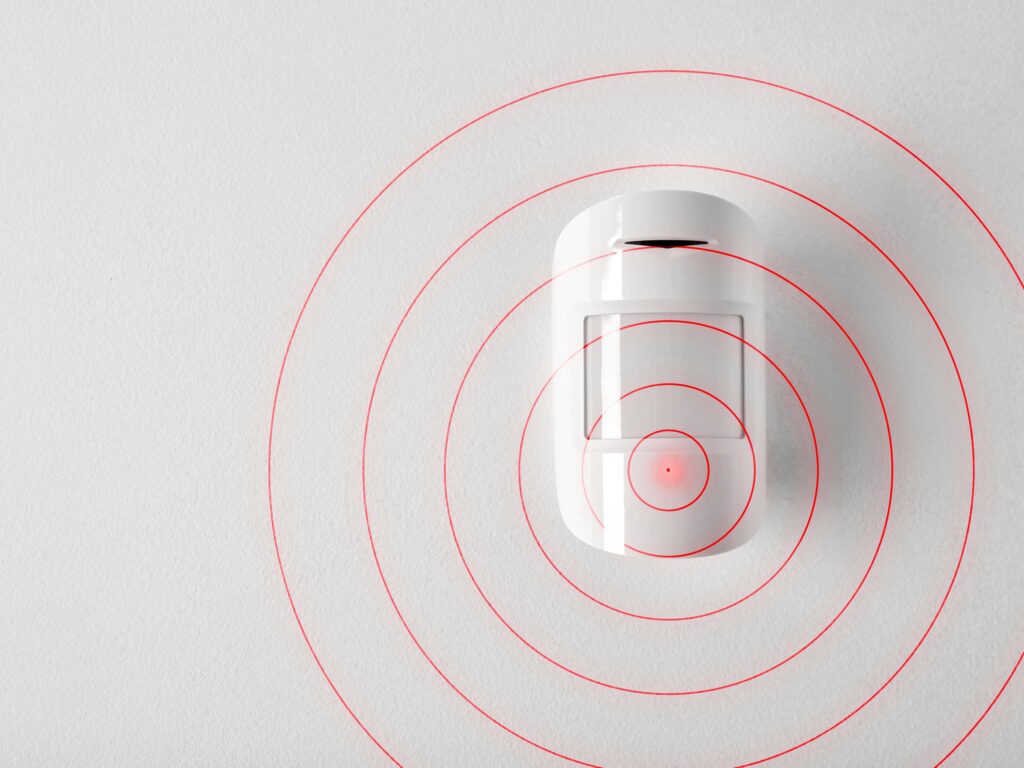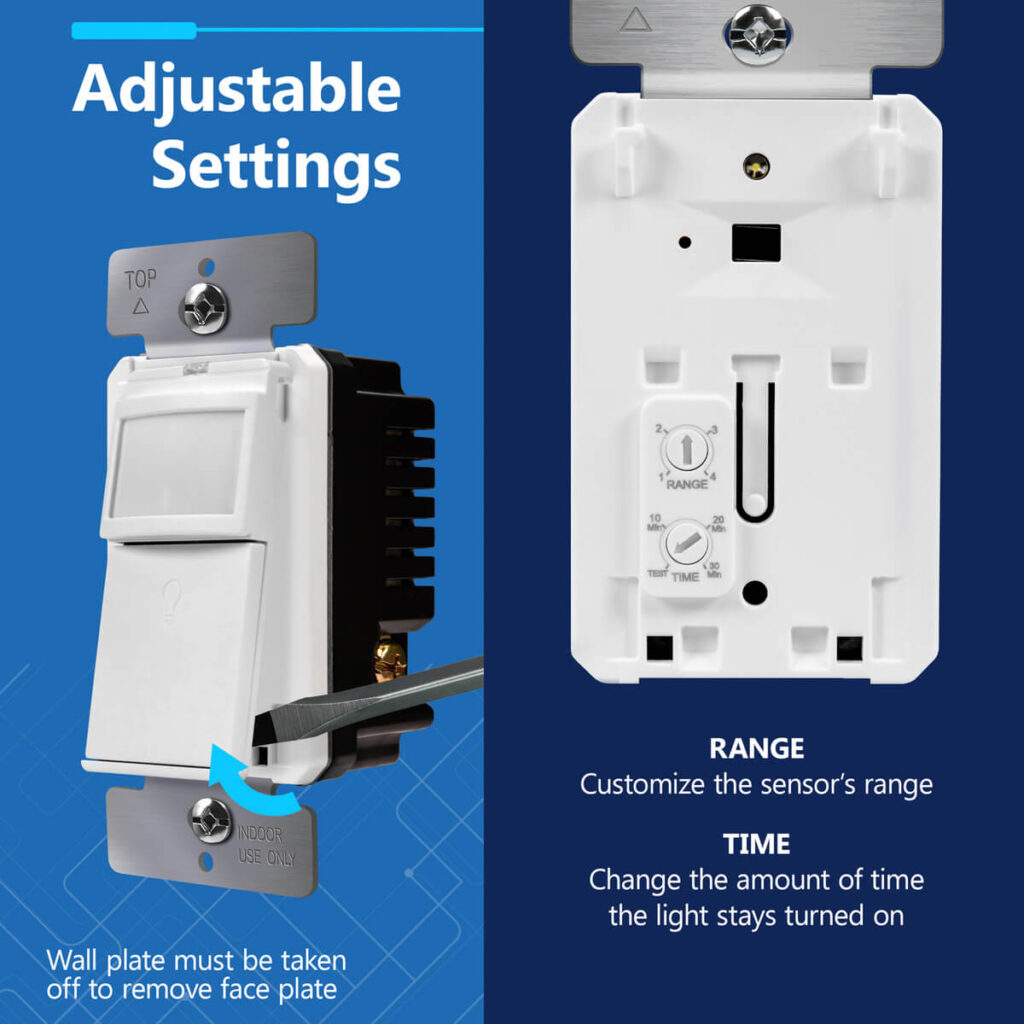Lider prides itself on leading innovation in the lighting and wiring control field. That’s why we are using advanced Passive Infrared (PIR) technology in our sensors. PIR sensor technology is trailblazing the lighting industry. It reduces false triggers from unwanted movements. Our devices even include adjustable sensor ranges for a more user-friendly experience. This PIR technology is essential to sensors that automatically trigger lights or other applications to switch on.
But how exactly does it work?
The first part of understanding PIR technology is to “realize that everything–humans, animals, even inanimate objects–emit a certain amount of IR radiation.” Although we can’t see infrared radiation or light with the naked human eye, we’ve designed devices like the motion sensor switch to pick up infrared radiation reflected or released from targets that emit large enough amounts, such as people or animals.
Unlike active sensors, a Passive Infrared sensor does not emit its own waves. Instead, it detects the presence or increased levels of infrared energy within its field of view. This is useful for devices like this Lider motion switch. By detecting the change in infrared levels emitted in the surrounding environment, the switch automatically is triggered to turn on.
The mechanics work like this: two IR-sensitive slots are placed behind a lens. These “slots” are made up of two strips of pyroelectric material or sensors. With a lens placed in front of them, the sensor’s field of “view” as aforementioned determines the range of detection. The field of view, or the range a motion sensor can detect, can vary by the lens and material size.
If there are no changes to the IR radiation in the field of view, the IR radiation detected is equal in both slots. As soon as a person or animal, something large enough to trigger detection comes within view, it is sensed by one slot before the other. This process is called positive differential change, and this effectively sends signals to the electronic device the sensor is hosted or powered by to trigger a switch.
And voila! There is light.


